NEW
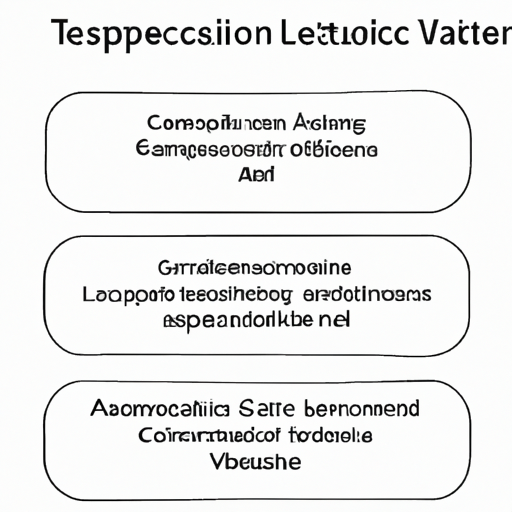
Application Development in Variable Capacitance (Varicaps, Varactors) for LT1213CS8: Key Technologies and Success StoriesVariable capacitance diodes, commonly known as varicaps or varactors, are semiconductor devices that utilize the voltage-dependent capacitance of a reverse-biased p-n junction. They are widely used in various applications, particularly in tuning circuits, frequency modulation, and oscillators. The LT1213CS8 is a specific operational amplifier from Linear Technology (now part of Analog Devices) that can be effectively used in conjunction with varactors for various applications. Below is an overview of key technologies and success stories related to application development using varicaps and the LT1213CS8.
Key Technologies1. Tuning Circuits2. Phase-Locked Loops (PLLs)3. Filters4. Automatic Frequency Control (AFC)5. Signal Processing1. Consumer Electronics2. Telecommunications3. Automotive Applications4. Medical Devices5. Aerospace and Defense Success Stories ConclusionThe combination of varactors and the LT1213CS8 operational amplifier opens up a wide range of possibilities in application development across various industries. By leveraging the unique properties of variable capacitance and the high-performance characteristics of the LT1213CS8, engineers can create innovative solutions that meet the demands of modern technology. As applications continue to evolve, the integration of these components will likely lead to further advancements in communication, consumer electronics, and beyond. The synergy between varactors and the LT1213CS8 exemplifies how traditional semiconductor technologies can be harnessed to drive innovation in diverse fields.
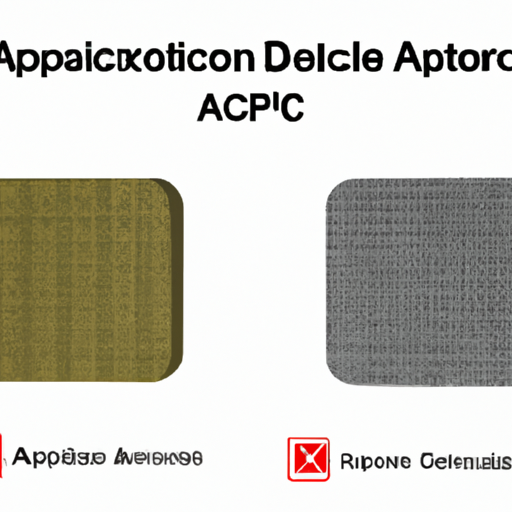
Application Development in Single FETs and MOSFETs for CFR-25JB-52-1K3: Key Technologies and Success StoriesThe CFR-25JB-52-1K3 is a 1kΩ thick film resistor commonly used in electronic circuits. While it may not directly relate to FETs (Field Effect Transistors) or MOSFETs (Metal-Oxide-Semiconductor Field-Effect Transistors), understanding their integration can provide valuable insights into modern electronic design. Below, we explore key technologies in FETs and MOSFETs, along with success stories that highlight their applications, particularly in conjunction with resistors like the CFR-25JB-52-1K3.
Key Technologies in FETs and MOSFETs1. High-Speed Switching 2. Low On-Resistance (R_DS(on)) 3. Voltage Control 4. Integration with ICs 5. Thermal Management 1. Power Management Systems 2. Electric Vehicles (EVs) 3. Renewable Energy Systems 4. Consumer Electronics 5. Telecommunications Success Stories in Application Development Integration with Resistors like CFR-25JB-52-1K3Resistors such as the CFR-25JB-52-1K3 are often used alongside FETs and MOSFETs in various applications: - Biasing: Resistors are commonly used to set the biasing conditions for FETs in amplifier circuits, ensuring they operate within the desired region for optimal performance.
- Load Resistors: In switching applications, resistors can serve as load elements, controlling current flow and voltage levels to ensure stable operation.
- Feedback Networks: In feedback circuits, resistors work in conjunction with FETs to stabilize gain and improve linearity, enhancing overall circuit performance.
- Voltage Dividers: Resistors can create voltage dividers that provide reference voltages for MOSFET gate control, ensuring proper operation and response.
ConclusionThe integration of FETs and MOSFETs in modern electronic applications has transformed the industry, enabling high efficiency, compact designs, and advanced functionalities. Resistors like the CFR-25JB-52-1K3 play a critical role in these applications, supporting the performance and reliability of circuits that utilize these advanced semiconductor technologies. As technology continues to evolve, the synergy between these components will likely lead to even more innovative solutions across various fields, from consumer electronics to renewable energy systems.
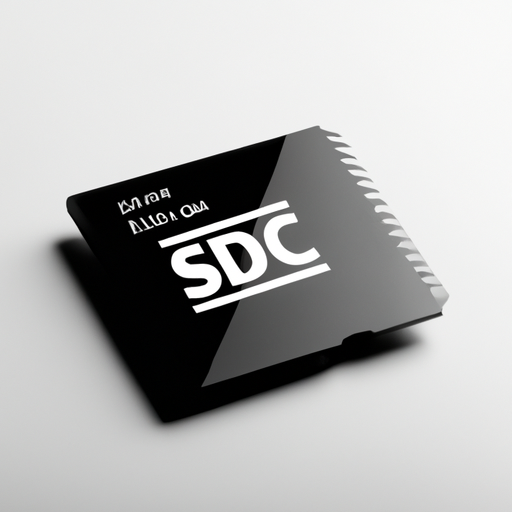
Overview of DIACs and SIDACsDIACs (Diodes for Alternating Current) and SIDACs (Silicon Diodes for Alternating Current) are essential semiconductor devices used primarily in AC power control applications. Their unique characteristics allow them to effectively manage and protect electrical systems, making them invaluable in various industrial and consumer applications.
Core Functional Technology 1. DIAC (Diode for Alternating Current)
- **Functionality**: A DIAC is a two-terminal device that remains in a non-conducting state until the voltage across it exceeds a specific breakover voltage. Once this threshold is reached, the DIAC switches to a conducting state, allowing current to flow in both directions.
- **Operation**: The symmetrical voltage-current characteristic enables DIACs to conduct in both positive and negative cycles of the AC waveform. This property is particularly useful for triggering TRIACs, which are used to control AC loads.
- **Applications**: Common applications include:
- Light dimmers
- Motor speed controls
- Over-voltage protection circuits 2. SIDAC (Silicon Diode for Alternating Current)
- **Functionality**: Similar to DIACs, SIDACs are designed to handle higher power levels and are optimized for applications requiring robust performance under high current conditions.
- **Operation**: SIDACs also have a breakover voltage, allowing them to switch between non-conducting and conducting states. They are particularly effective in clamping voltage spikes and providing over-voltage protection.
- **Applications**: Typical applications include:
- Surge protection devices
- Snubber circuits
- Triggering SCRs (Silicon Controlled Rectifiers) Application Development Cases 1. Light Dimming Circuits
- **Description**: DIACs are integral to light dimming circuits, where they work in conjunction with TRIACs to control the brightness of incandescent bulbs. By adjusting the phase angle of the AC waveform, users can achieve smooth dimming.
- **Effectiveness**: This application minimizes flickering and enhances energy efficiency, providing a comfortable lighting experience. 2. Motor Speed Control
- **Description**: DIACs are employed in fan and small motor speed control applications. By manipulating the phase angle of the AC supply, the speed of the motor can be effectively controlled.
- **Effectiveness**: This method is cost-effective and improves motor efficiency while reducing operational noise. 3. Over-Voltage Protection
- **Description**: SIDACs are commonly used in surge protection devices to clamp voltage spikes, safeguarding sensitive electronic components from damage.
- **Effectiveness**: By rapidly switching to a conducting state during voltage surges, SIDACs protect downstream components, enhancing the reliability and longevity of electronic systems. 4. Triggering SCRs in Power Control Applications
- **Description**: SIDACs are utilized to trigger SCRs in various applications, including lighting control, heating elements, and motor drives.
- **Effectiveness**: Their ability to handle high currents makes SIDACs ideal for efficiently triggering SCRs, facilitating effective control of high-power devices. 5. Snubber Circuits
- **Description**: In power electronics, SIDACs are used in snubber circuits to protect against voltage transients caused by inductive loads.
- **Effectiveness**: This application helps extend the lifespan of switches and other components by absorbing voltage spikes, thereby improving overall system reliability. ConclusionDIACs and SIDACs are versatile and effective components in AC power control and protection applications. Their ability to switch states based on voltage thresholds allows for efficient dimming, motor control, and surge protection. As technology continues to evolve, the integration of these devices into more complex systems enhances their effectiveness and expands their application range, making them critical in modern electronic designs.
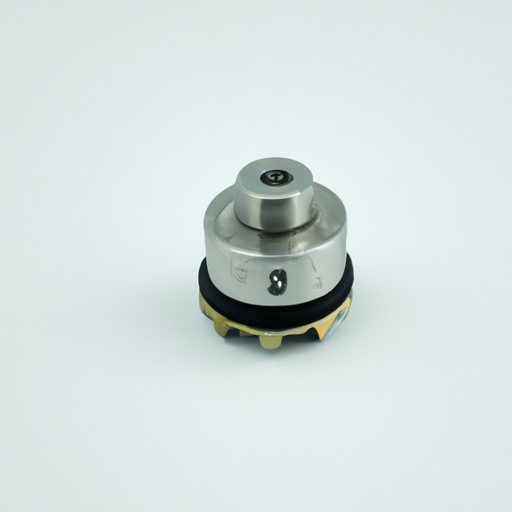
Overview of Thumbwheel Potentiometers: CFR-25JB-52-1M2Thumbwheel potentiometers, such as the CFR-25JB-52-1M2 model, are essential components in electronic devices, providing a user-friendly interface for adjusting resistance and controlling voltage levels. Their design and functionality make them suitable for a variety of applications across different industries. Below is a detailed exploration of their core functional technology and notable application development cases.
Core Functional Technology1. Basic Operation2. Construction3. Types4. Electrical Characteristics5. Durability1. Consumer Electronics2. Industrial Equipment3. Medical Devices4. Automotive Applications5. Robotics and Automation Application Development Cases ConclusionThumbwheel potentiometers like the CFR-25JB-52-1M2 are vital components across numerous applications due to their reliability, precision, and user-friendly design. Their tactile feedback and ease of use make them indispensable in consumer electronics, industrial equipment, medical devices, automotive applications, and robotics. As technology advances, the role of thumbwheel potentiometers in new applications is expected to grow, further demonstrating their versatility and effectiveness in modern electronic systems.
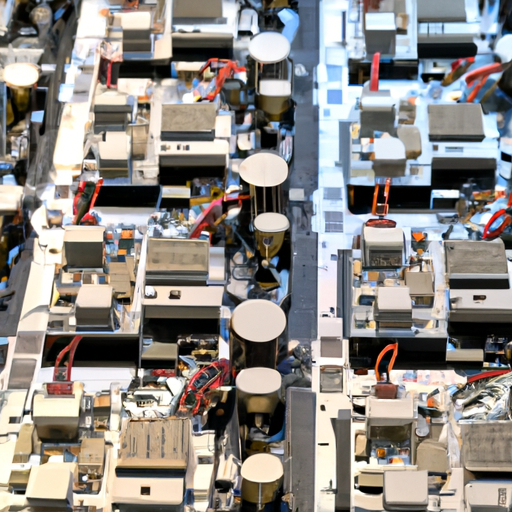
Application Development in Arrays and Signal Transformers for CFR-50JB-52-1M2: Key Technologies and Success StoriesThe development of applications utilizing arrays and signal transformers, particularly for devices like the CFR-50JB-52-1M2, is a dynamic field that combines various advanced technologies to enhance performance, reliability, and efficiency. Below, we explore key technologies and notable success stories that illustrate the impact of these innovations.
Key Technologies1. Array Processing2. Signal Transformation Techniques3. Digital Signal Processing (DSP)4. Machine Learning and AI5. Embedded Systems6. Simulation and Modeling Tools1. Telecommunications2. Medical Imaging3. Automotive Industry4. Consumer Electronics5. Industrial Automation Success Stories ConclusionThe integration of advanced technologies in arrays and signal transformers, such as those utilized in the CFR-50JB-52-1M2, has driven significant advancements across various industries. By leveraging these technologies, organizations can enhance their product offerings, improve operational efficiency, and deliver superior services to their customers. The ongoing evolution of these technologies, particularly with the incorporation of AI and machine learning, promises even greater innovations and applications in the future, paving the way for smarter and more efficient systems.
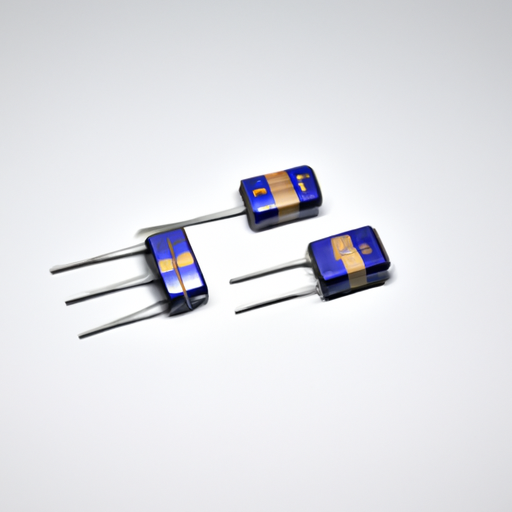
Adjustable Inductors: Core Functional Technology and Application DevelopmentAdjustable inductors are critical components in electronic circuits, enabling the tuning of inductance values to meet specific application requirements. This adaptability is particularly important in RF applications, filters, oscillators, and other circuits where precise inductance is essential for optimal performance. Below, we delve into the core functional technology of adjustable inductors and explore several application development cases.
Core Functional Technology1. Variable Inductance Mechanism2. Types of Adjustable Inductors3. Control Mechanisms4. Applications in Tuning and Filtering1. RF Circuit Design2. Audio Equipment3. Wireless Charging Systems4. Filter Design5. Educational and Research Applications6. Automotive Applications Application Development Cases ConclusionAdjustable inductors are indispensable in modern electronics, providing the necessary flexibility for a wide array of applications. Their ability to fine-tune inductance values makes them vital in RF design, audio processing, wireless charging, and more. As technology continues to evolve, the development of more sophisticated adjustable inductors will enhance their functionality and broaden their application scope, driving innovation across various fields.

Overview of Tantalum-Polymer Capacitors: CFR-50JB-52-1K2Tantalum-polymer capacitors, such as the CFR-50JB-52-1K2, are advanced electronic components that merge the benefits of traditional tantalum capacitors with the enhanced performance characteristics of polymer technology. This combination results in capacitors that are not only compact but also highly efficient, making them suitable for a wide range of applications.
Core Functional Technology1. Construction and Materials2. Performance Characteristics3. Reliability and Longevity1. "Advancements in Tantalum-Polymer Capacitor Technology"2. "Comparative Analysis of Tantalum and Tantalum-Polymer Capacitors"3. "Applications of Tantalum-Polymer Capacitors in Power Electronics"1. Consumer Electronics2. Automotive Electronics3. Telecommunications4. Industrial Automation5. Medical Devices Key Articles and Research Application Development Cases ConclusionTantalum-polymer capacitors, exemplified by the CFR-50JB-52-1K2, represent a significant leap in capacitor technology, offering high performance, reliability, and compactness. Their versatility allows them to be used across various industries, including consumer electronics, automotive, telecommunications, industrial automation, and medical devices. Ongoing research and development in this field promise to unlock even more innovative applications and enhancements in performance, solidifying the role of tantalum-polymer capacitors in modern electronics.
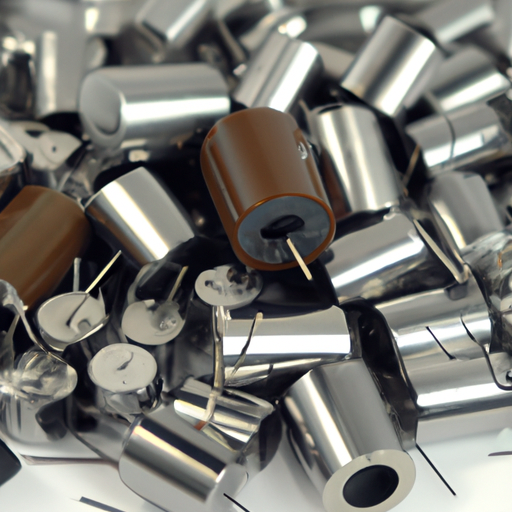
Application Development in Aluminum-Polymer Capacitors for CFR-50JB-52-1R2: Key Technologies and Success StoriesAluminum-polymer capacitors, such as the CFR-50JB-52-1R2, are increasingly favored in various electronic applications due to their unique characteristics, including high capacitance, low equivalent series resistance (ESR), and excellent thermal stability. Below, we explore the key technologies that underpin their development and highlight notable success stories across different industries.
Key Technologies1. Electrolyte Formulation2. Anode and Cathode Materials3. Manufacturing Techniques4. Thermal Management5. Miniaturization6. Simulation and Modeling1. Consumer Electronics2. Automotive Applications3. Renewable Energy Systems4. Telecommunications5. Industrial Automation Success Stories ConclusionThe development and application of aluminum-polymer capacitors like the CFR-50JB-52-1R2 are driven by advancements in materials science, manufacturing techniques, and thermal management. Their success across various industries underscores their versatility and performance advantages, making them a preferred choice for modern electronic applications. As technology continues to evolve, we can anticipate further innovations that will enhance the capabilities and applications of these capacitors, solidifying their role in the future of electronics.

Application Development in Niobium Oxide Capacitors for CFR-25JB-52-1R1: Key Technologies and Success StoriesNiobium oxide capacitors, particularly the CFR-25JB-52-1R1 model, represent a significant advancement in capacitor technology, offering high capacitance values, stability, and reliability. These attributes make them suitable for a wide range of applications, including automotive, aerospace, telecommunications, and consumer electronics. Below, we explore key technologies and notable success stories associated with the development and application of niobium oxide capacitors.
Key Technologies1. Material Science Innovations2. Manufacturing Techniques3. Electrical Performance Enhancements4. Integration with Other Technologies1. Aerospace Applications2. Automotive Electronics3. Telecommunications4. Consumer Electronics5. Renewable Energy Systems Success Stories ConclusionThe development of niobium oxide capacitors, particularly the CFR-25JB-52-1R1 model, exemplifies the convergence of advanced materials science, innovative manufacturing techniques, and practical applications across diverse industries. As technology continues to advance, the demand for high-performance capacitors is expected to drive further innovations in this field, leading to new applications and success stories that will shape the future of electronics. The ongoing research and development in niobium oxide capacitors promise to unlock even greater potential in various sectors, enhancing performance and reliability in critical applications.

Overview of CFR-25JB-52-1M1 Thin Film CapacitorsThe CFR-25JB-52-1M1 is a specific model of thin film capacitor that exemplifies the advanced technology and applications of thin film capacitors. Below, we delve deeper into the core functional technology and notable application development cases that highlight the effectiveness of thin film capacitors like the CFR-25JB-52-1M1.
Core Functional Technology of Thin Film Capacitors1. Construction and Materials2. High Precision and Stability3. Miniaturization4. Low Leakage Current5. Customization1. Telecommunications2. Aerospace and Defense3. Medical Devices4. Consumer Electronics5. Automotive Applications6. Energy Storage Systems Application Development Cases ConclusionThe CFR-25JB-52-1M1 thin film capacitor exemplifies the advancements in capacitor technology, offering high precision, stability, and miniaturization for a diverse range of applications. Its unique properties make it a vital component in modern electronics, spanning telecommunications, aerospace, medical devices, consumer electronics, automotive systems, and energy storage solutions. As the demand for high-performance capacitors continues to rise, the CFR-25JB-52-1M1 and similar thin film capacitors will play an increasingly important role in driving innovation across various industries.
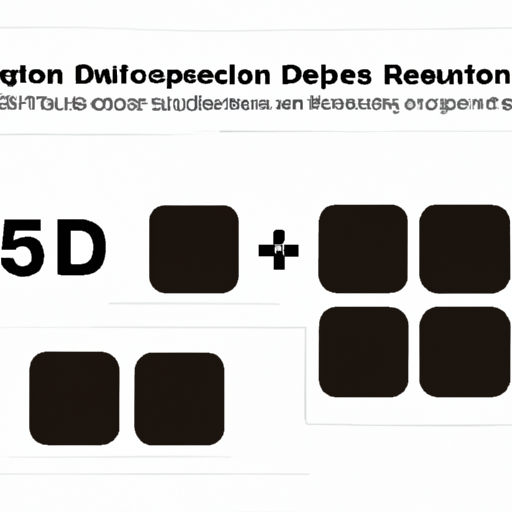
Application Development in Film Capacitors for CFR-50JB-52-1K1: Key Technologies and Success StoriesFilm capacitors, such as the CFR-50JB-52-1K1, are integral components in modern electronic systems due to their reliability, stability, and superior performance characteristics. Below, we explore the key technologies that underpin their development and highlight notable success stories across various industries.
Key Technologies1. Material Innovations2. Advanced Manufacturing Techniques3. Dielectric Strength and Temperature Stability4. Self-Healing Technology5. Simulation and Modeling1. Renewable Energy Systems2. Electric Vehicles (EVs)3. Consumer Electronics4. Industrial Automation5. Telecommunications Success Stories ConclusionThe application development of film capacitors like the CFR-50JB-52-1K1 is propelled by advancements in materials, manufacturing processes, and technology. Their versatility and reliability have led to successful implementations across diverse industries, including renewable energy, automotive, consumer electronics, industrial automation, and telecommunications. As technology continues to evolve, film capacitors are poised to play an even more significant role in future applications, driving innovation and enhancing performance across various sectors.

Electric Double Layer Capacitors (EDLCs) and Supercapacitors: Core Technologies and ApplicationsElectric Double Layer Capacitors (EDLCs), commonly referred to as supercapacitors, are pivotal in modern energy storage solutions. They combine the rapid charge and discharge capabilities of traditional capacitors with the higher energy storage capacity of batteries. Below, we delve into the core functional technologies that underpin EDLCs and explore various application development cases that highlight their effectiveness.
Core Functional Technologies of EDLCs1. Electrochemical Double Layer Formation2. High Surface Area Electrodes3. Ionic Conductivity4. Hybrid Capacitors5. Energy Density vs. Power Density1. Renewable Energy Systems2. Electric and Hybrid Vehicles3. Consumer Electronics4. Industrial Applications5. Smart Grids and IoT Devices6. Medical Devices Application Development Cases ConclusionElectric Double Layer Capacitors (EDLCs), or supercapacitors, represent a significant advancement in energy storage technology. Their unique characteristics, including rapid charge/discharge capabilities, long cycle life, and high power density, make them suitable for a diverse range of applications, from renewable energy systems to consumer electronics and electric vehicles. As technology continues to evolve, the integration of EDLCs into various sectors is expected to expand, driven by the growing demand for efficient, reliable, and sustainable energy storage solutions. The ongoing research and development in materials and configurations will further enhance the performance and applicability of supercapacitors in the future.
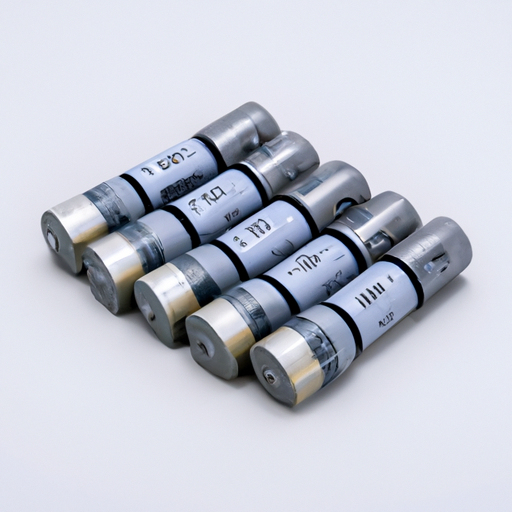
Tantalum Capacitors: Core Functional Technology and Application DevelopmentTantalum capacitors are essential components in modern electronics, known for their high capacitance per volume, stability, and reliability. Their unique properties make them particularly effective in various applications, including power management, RF circuits, and digital systems. Below, we explore core functional technology articles and application development cases that highlight the effectiveness of tantalum capacitors, especially in conjunction with devices like the MM74HC4040N binary ripple counter.
Core Functional Technology Articles1. Understanding Tantalum Capacitors: Basics and Applications2. Tantalum Capacitors in Power Management Circuits3. Reliability and Failure Mechanisms of Tantalum Capacitors4. Tantalum Capacitors in RF and Microwave Applications5. Advancements in Tantalum Capacitor Technology1. Decoupling in Digital Circuits2. Power Supply Filtering in Medical Devices3. Energy Storage in Portable Electronics4. Automotive Electronics5. Telecommunications Infrastructure Application Development Cases ConclusionTantalum capacitors are integral to modern electronic designs, offering unique advantages that enhance performance, reliability, and efficiency across various applications. Their synergy with components like the MM74HC4040N binary ripple counter exemplifies their effectiveness in improving digital circuit performance. As technology evolves, the demand for tantalum capacitors is expected to rise, driving further innovations in their design and application across diverse industries.
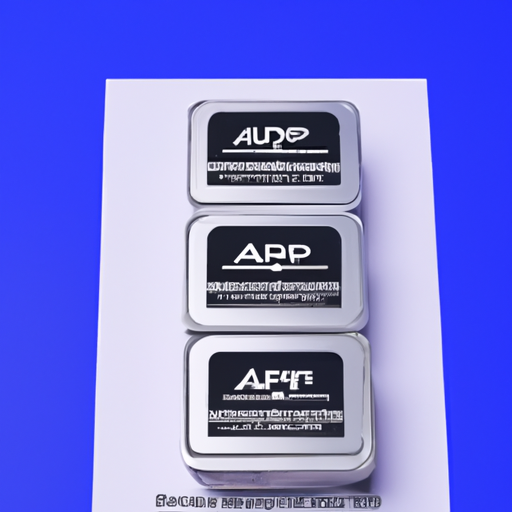
Application Development in Aluminum Electrolytic Capacitors for CFR-25JB-52-1R: Key Technologies and Success StoriesAluminum electrolytic capacitors, such as the CFR-25JB-52-1R, are integral components in a wide range of electronic applications due to their high capacitance values, cost-effectiveness, and versatility. The development and application of these capacitors involve several key technologies and methodologies that enhance their performance and reliability. Below are some key technologies and notable success stories related to aluminum electrolytic capacitors.
Key Technologies1. Electrolyte Formulation2. Anodization Techniques3. Foil Technology4. Construction and Packaging Innovations5. Simulation and Modeling6. Quality Control and Testing1. Consumer Electronics2. Automotive Applications3. Renewable Energy Systems4. Industrial Automation5. Telecommunications Success Stories ConclusionThe development of aluminum electrolytic capacitors, such as the CFR-25JB-52-1R, is driven by advancements in materials, manufacturing processes, and application-specific requirements. As technology continues to evolve, these capacitors will play an increasingly important role across various industries, contributing to the performance and efficiency of electronic devices. The success stories across different sectors underscore the versatility and reliability of aluminum electrolytic capacitors in meeting modern technological demands, paving the way for future innovations and applications.


lang_service_time
lang_select_kefu
allen_ke_cmhk@sina.com
基本
文件
流程
错误
SQL
调试
- 请求信息 : 2025-12-13 10:07:44 HTTP/2.0 GET : https://www.slt-dz.com/en/news.html
- 运行时间 : 0.041655s [ 吞吐率:24.01req/s ] 内存消耗:1,347.39kb 文件加载:201
- 查询信息 : 0 queries
- 缓存信息 : 2 reads,0 writes
- 会话信息 : SESSION_ID=6333f0b1d33961091a88cb07feefe4fc
- CONNECT:[ UseTime:0.000341s ] mysql:host=localhost;port=3306;dbname=slt_dz_com;charset=utf8mb4
- SHOW FULL COLUMNS FROM `moban_site` [ RunTime:0.000944s ]
- SELECT * FROM `moban_site` WHERE `lang` = 'en' LIMIT 1 [ RunTime:0.000551s ]
- SHOW FULL COLUMNS FROM `moban_columns` [ RunTime:0.000674s ]
- SELECT * FROM `moban_columns` WHERE `state` = 1 AND `lang` = 'en' ORDER BY `sort` ASC [ RunTime:0.000370s ]
- SHOW FULL COLUMNS FROM `moban_news` [ RunTime:0.000517s ]
- SELECT * FROM `moban_news` WHERE `lang` = 'en' AND `state` = 1 LIMIT 1 [ RunTime:0.000396s ]
- SHOW FULL COLUMNS FROM `moban_news_category` [ RunTime:0.000493s ]
- SELECT * FROM `moban_news_category` WHERE `lang` = 'en' ORDER BY `id` ASC [ RunTime:0.000342s ]
- SHOW FULL COLUMNS FROM `moban_single_page` [ RunTime:0.000574s ]
- SELECT * FROM `moban_single_page` WHERE `id` IN (0,28,34,73) AND `state` = 1 AND `lang` = 'en' [ RunTime:0.000784s ]
- SELECT * FROM `moban_single_page` WHERE `id` IN (0,2,68) AND `state` = 1 AND `lang` = 'en' [ RunTime:0.000505s ]
- SHOW FULL COLUMNS FROM `moban_link` [ RunTime:0.000643s ]
- SELECT * FROM `moban_link` WHERE `state` = 1 ORDER BY `sort` ASC [ RunTime:0.000361s ]
- SELECT COUNT(*) AS think_count FROM `moban_news` WHERE `state` = 1 AND `lang` = 'en' AND `is_draft` = 0 LIMIT 1 [ RunTime:0.000644s ]
- SELECT * FROM `moban_news` WHERE `state` = 1 AND `lang` = 'en' AND `is_draft` = 0 ORDER BY `sort` DESC,`id` DESC LIMIT 0,25 [ RunTime:0.001067s ]
- SELECT * FROM `moban_columns` WHERE `lang` = 'en' AND `link` = '/news' LIMIT 1 [ RunTime:0.000430s ]

0.053796s









